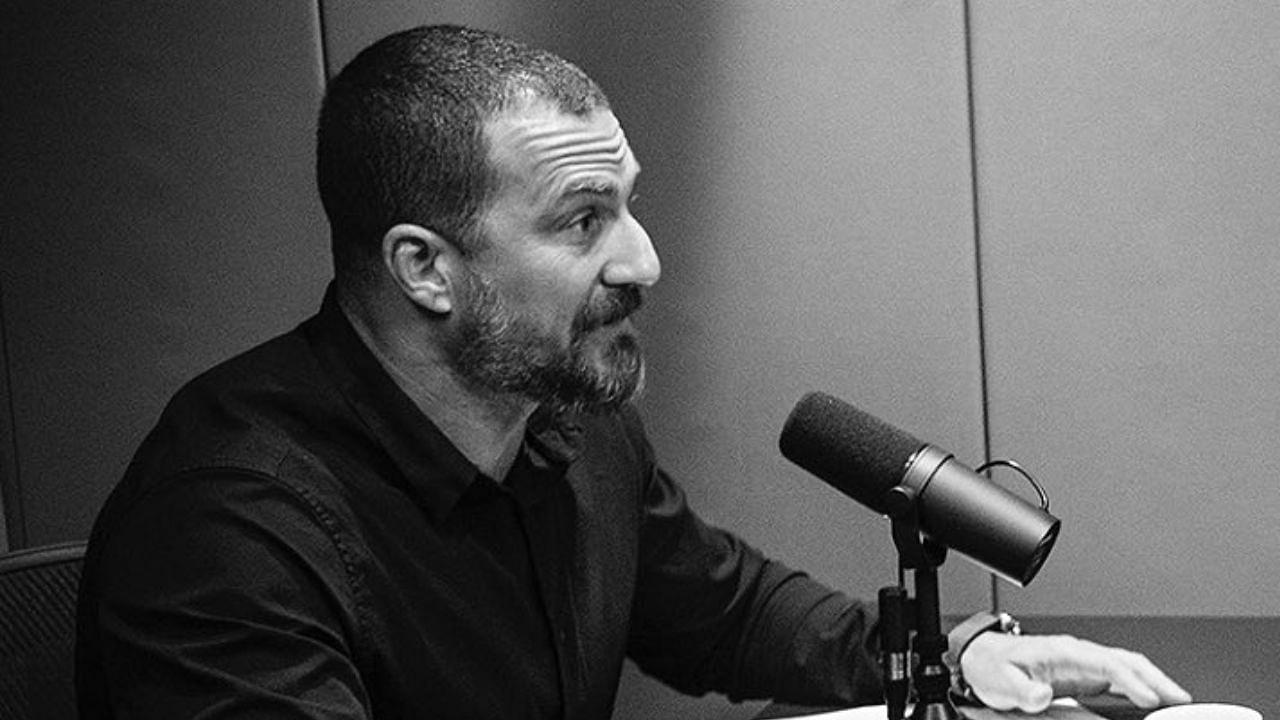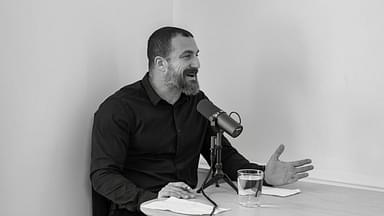Neuroscientist Dr. Andrew Huberman maintains his focus on the health and fitness domain during his discussions. He shares information backed by scientific studies that help his listeners and followers lead healthier lives. Dr. Huberman, a Stanford University professor, recently shared a clip from his old podcast that was about low-repetition strength training, or the ‘3 by 5’ protocol.
In Dr. Huberman’s recent clip, “The “3 by 5″ Protocol: How & Why to Build Your Strength,” he shares the benefits of incorporating low repetition strength training into one’s fitness routine as well as how it benefited him based on the ‘3 by 5’ protocol first introduced by Dr. Andy Galpin.
Most people who do resistance training use either machine-free weights or even body weight. These trainers’ focus on repetition ranges from about five to, usually, fifteen reps per set, provided it’s done at sufficient intensity, so either to failure or close to failure.
Huberman says that training in these repetition ranges does help one build strength and improve hypertrophy; however, when Huberman discussed resistance training with Dr. Andy Galpin, he felt otherwise. Galpin, who introduced the ‘3 by 5’ protocol, states that at least for some part of your yearly training cycle, maybe eight or ten weeks, there is an incredible benefit to training in the three-to-five-repetition range or even lower.
During an interview with Huberman, Galpin pointed out the importance of the 3 by 5 protocol. He says that it helps boost strength, speed, and power. Galpin mentions picking 3-5 exercises. On days when you feel like giving it all, pick the higher end, and on days when you are not, pick a shorter timeframe to train.
The laid-out plan will be, if it’s a workout for some upper body muscle, three to five exercises. Three to five exercises for three to five sets per exercise, three to five repetitions per set, and three to five minutes of rest between each set. In addition, he emphasized that one can do those workouts three to five times per week.
The crucial differentiator we should focus on between power and strength is intensity. If people focus on strength, they need to do 85% more than their maximum, and if they want power, then it has to be lighter. He also adds that while getting stronger means you already have power, it still requires dedicating time.
He advises people to change the intensity based on the outcome they want; while the exercises, reps, and frequency can be in the 3-5 range. Furthermore, Huberman states that, after listening to Galpin, he adopted the 12-week rule. Huberman incorporated this training specifically for strength in this three-to-five-repetition range and witnessed multiple benefits.
What benefits did Andrew Huberman achieve after following the 3 by 5 protocol?
After Huberman followed Galpin’s new form of training, he mentioned how he achieved various benefits from it. The most obvious benefit he gained was that he got much stronger and that strength persisted even when he went back to using higher repetition ranges.
“I, of course, gained strength, but that strength stayed with me such that when I returned to higher repetition ranges, I could use more weight in good form, and that, of course, enhanced strength and hypertrophy further.”
Another effect that Andrew Huberman never expected was that his cardiovascular training improved significantly. The reason for this is that a three-five-repetition set does not elevate the heart rate for long enough that you would consider it cardiovascular training. In addition, the rest periods between those sets are long as well.
“What I noticed was that my overall posture and my ability to maintain cardiovascular output while using good running form or good rowing form was also vastly improved.”
Therefore, with the help of this protocol, Andrew was able to carry out cardiovascular training sessions and did them in better form for longer periods. Huberman, who felt much stronger, mentions that the next benefit he noticed was that he did not get sore while training. This, according to him, was an amazing benefit.
He adds that normally when he trains in the six-repetition to fifteen-repetition range, he experiences some soreness the next day. However, with this protocol, he never faced that issue.
“I was able to improve my strength, improve my cardiovascular output, reduce soreness. I also just felt better overall. I had a lot more energy after those workouts than I typically do after my resistance training sessions.”
Therefore, Huberman suggests the three-to-five-repetition range for everyone, as he felt improvement in his body. It enhanced his focus, cognition, and overall levels of physical energy. In conclusion, he adds that this will also allow you to get more of that Zone 2 Cardio.





